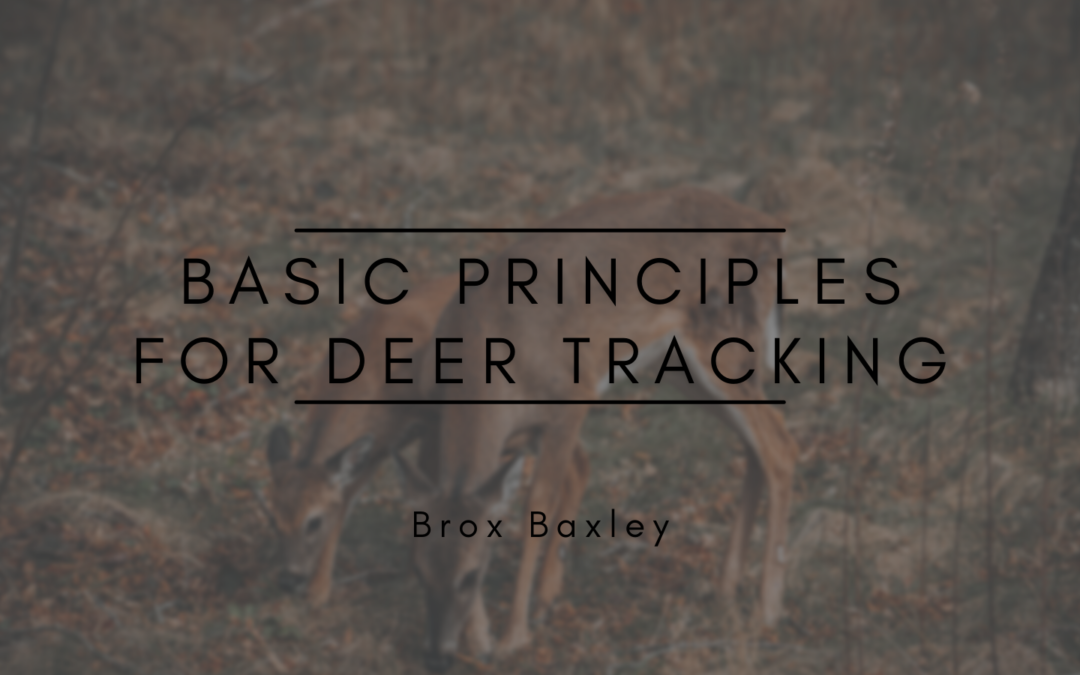One must always know when it’s the right time to hunt a deer. Knowing the location of the animal and its usual movements are very important during hunting season. This is because, during the day, the deer are likely to make various movements. The activity levels of a deer are also influenced by its crepuscular nature, which means it will be more active during the morning and at night. People often say that the animal looks for food during the night and places to rest during the day.
When it comes to hunting, a deer usually leaves many signs behind, which can help guide its way through the day. However, learning how to identify these signs is not as hard as it seems.
These signs are commonly referred to as deer signs, and they can help one track the animal’s movements easily.
Remember to Be Quiet
Mature deer require a safe environment to nourish and feel at ease during hunting season. This is why it’s important that hunters can easily reach them by either riding a quad bike or a gator. If you can ride out to a tree stand or blind, you’re less likely to scare them away. Also, maintaining a quiet and controlled environment can help keep them in the area you plan on hunting.
Look for Tracks
One of the easiest deer signs is the tracks. Since their hooves are symmetrical, they can be easily identified as a mark. Depending on the animal’s age and size, the tracks of a deer will vary. For instance, a young buck’s tracks are usually around 4 inches long, while those of an older animal is much longer. Mature bucks typically leave the most prominent tracks.
One of the most basic skills that hunters can use when it comes to hunting is to read a deer’s tracks. This provides them with valuable information about the animal’s state of mind and movements. If the animal is resting and walking, it will be spaced out, while if it’s running and feels endangered, it will be separated. You can also use a hunting trail camera to monitor the animal’s movements.
Look for Scat
Although it’s not hard to find deer poop, it’s important to note that the animal’s poop is different from that of rabbits. For instance, rabbit poop is bigger. Although it can be a bit unsettling to look at the animal’s poop, it can also help you determine if the animal is in the area you’re hunting. If you’ve accidentally lost a deer, look for scat to see if the animal still exists.
Know What Beds Look Like
A deer bed is a simple structure that’s usually the resting area of an animal. It can be easily spotted by hunters no matter the season. This provides them with valuable information about the animal’s sex and size. Bucks are known to wander aimlessly, which means that they’ll leave a single mark. Also, does are known to travel with groups, so you’ll likely see multiple beds in the area.
Look for Rub Marks
In addition, deer rub their horns against the branches to improve their neck muscles. Doing this helps them get rid of the dying tissue in their bodies. A rub can help them communicate with one another. They have glands on their forehead that produce a scent when they’re rubbing against trees.
Usually, does will do the rubbing as they’re walking around the woods, and they’ll also often find these marks in small and medium-sized trees. It’s not hard to determine if the marks are old due to the damage they cause. The path that deer will use to get around is also made of rub marks. Although these marks are commonly confused with tooth marks, they can still be very helpful in locating a deer. One of the most common signs of a deer is a buck’s rub.

